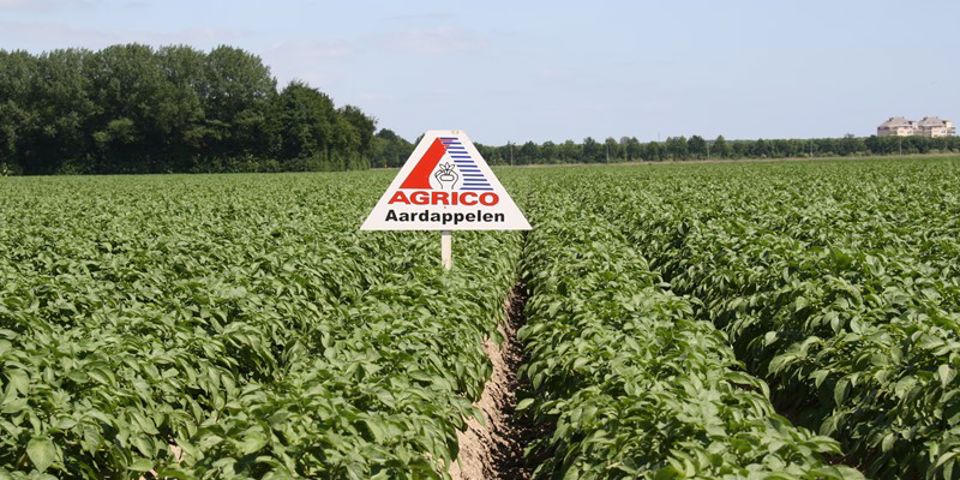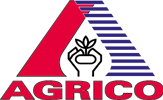Customized nutrient
application
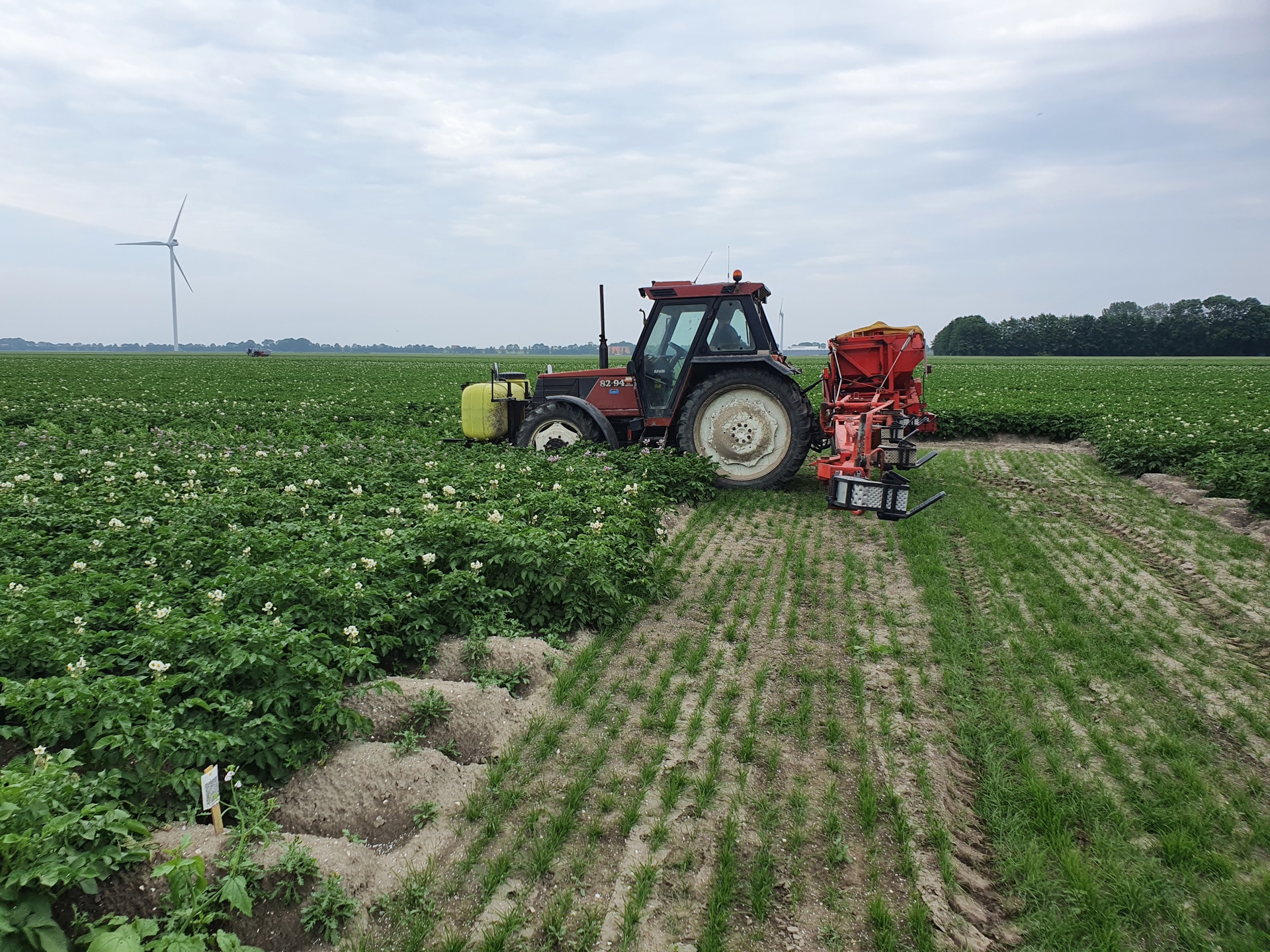
Maximum yields with minimum environmental impact
Agrico is constantly seeking sustainable potato varieties with natural resistance, meaning that fewer pesticides are required. We believe that there are financial advantages to be achieved during potato cultivation, storage and processing through the development of tailor-made solutions (for different varieties, soil types, climatic conditions, etc.) and by making better use of digital data. The result is the more efficient use of land, pesticides and fertilizers. This in turn reduces environmental impact and also brings financial benefits.
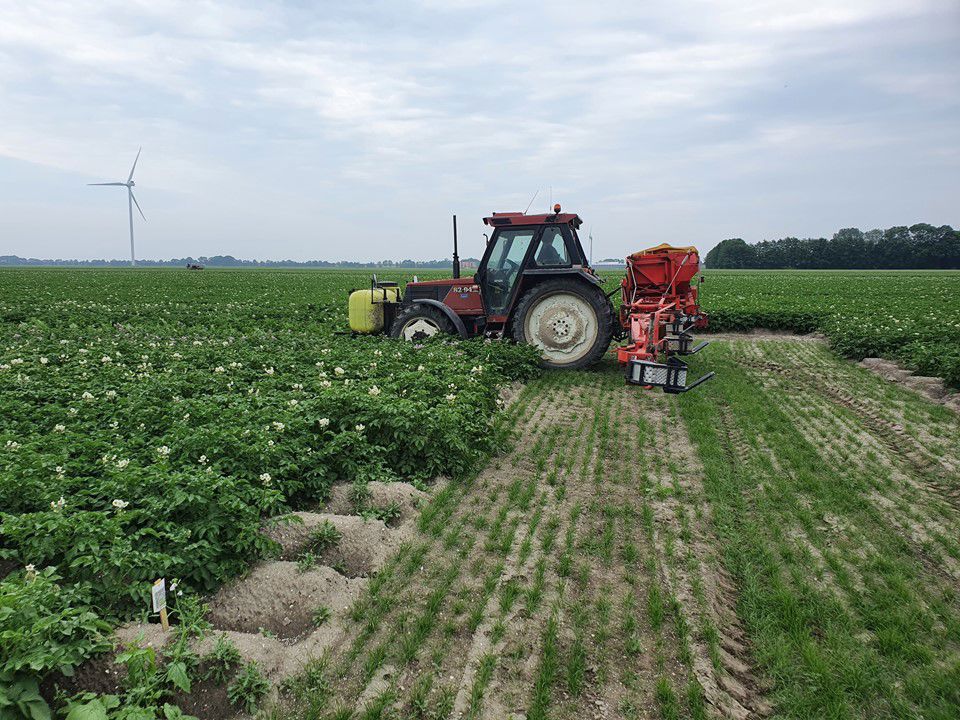
Customized nutrient application
Agrico is currently working on research into the application of nutrients, tailored to the requirements of individual potato varieties. We have a close co-operation with Yara Benelux and Tolsma-Grisnich for this purpose. Optimizing the absorption of nutrients is the first important cornerstone of this innovative development.
The second important cornerstone is the use of digital data from the space, air and soil. Combining customized solutions with digital data enables higher yields to be achieved, as well as a reduction in storage losses, and improved quality. In short: better financial results for both grower and buyer.
Monitoring and analysis
Cultivation, storage and processing are three topics that are important to making customized nutrient application a success. We conduct long-term field trials in co-operation with Yara, both in the Netherlands (Kielstra) and in Germany (Yara). The photosynthesis activity of the plants is measured continuously during the growing season. The dry matter content in the foliage and tubers is also measured, and then the actual nutrient uptake is analyzed. This enables us to optimize nutrient application for each variety, and minimize nutrient loss. During these tests, soil sensors constantly monitor the moisture and temperature levels. All this data is used to further optimize yield prediction models, amongst other things.
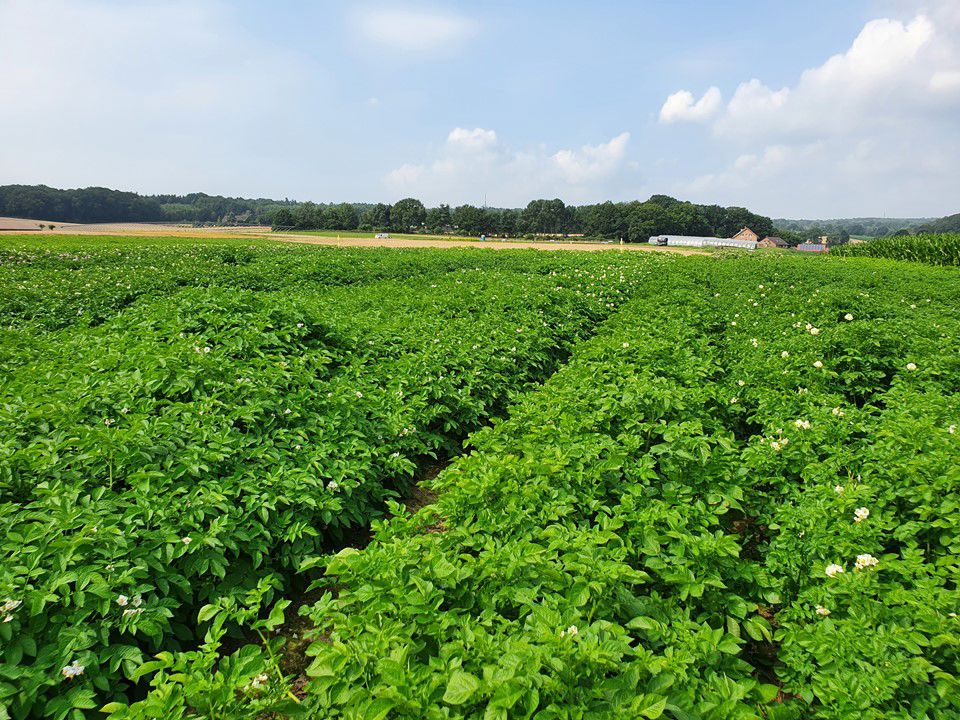
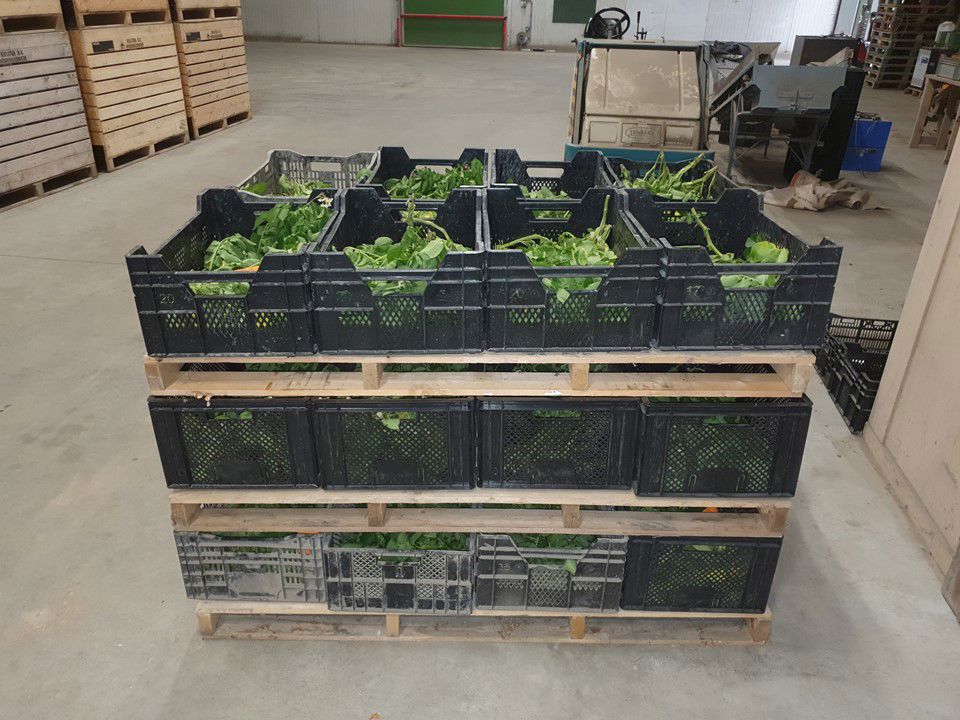
Storage and processing
After harvesting, the potatoes from our trial fields are stored for six months. During this period, we and our chain partner Tolsma-Grisnich look at the volume loss during storage. Next, we assess the effect that the quantity of nutrients applied during the growing season has on the processing quality of the potatoes, which is why this is tested in the Agrico Quality Center each month.
The results of all these analyses – during the growing season, storage and processing – are taken into account to further optimize nutrient application, tailored to the needs of individual potato varieties.
In the field
Many activities are undertaken to collect and analyze data during the growing season, storage and processing. This data serves as the basis for the further optimization of yield prediction models and customized nutrient programs.
Photosynthesis activity
One of the things that Agrico measures is the photosynthesis activity of plants. We do this by attaching sensitive sensors to the plants. The data is saved, and then read out and analyzed, giving a clear insight into precisely how Agrico varieties respond to the various nutrient applications. The use of plant photosynthesis activity is currently mainly used in greenhouse horticulture; in potato cultivation it is a very innovative development.
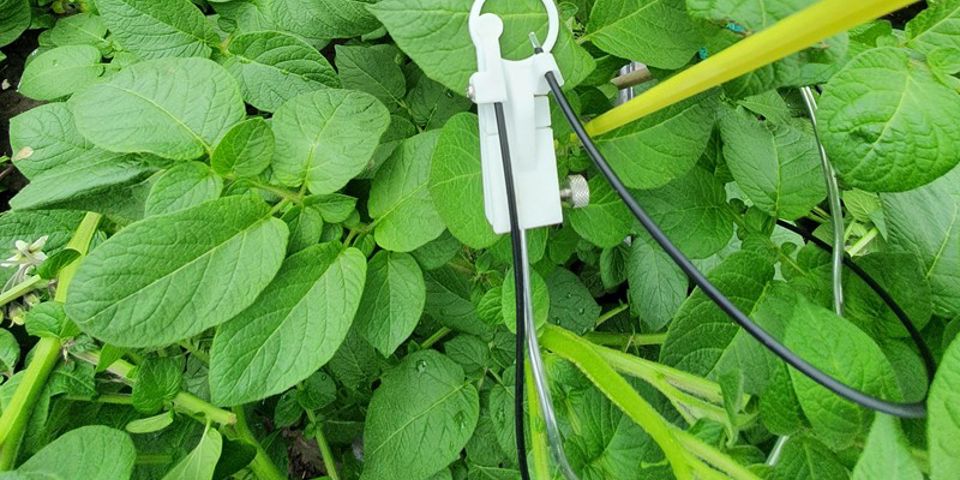
Soil sensors
Agrico uses soil sensors from Farm21 to examine various aspects of the soil, including moisture and temperature. Analyzing this data enables a relationship to be established between weather conditions and the crop's nutrient uptake and any nutrient leaching that may occur. This gives a clear insight into how Agrico varieties respond to the various nutrient applications in different weather conditions.
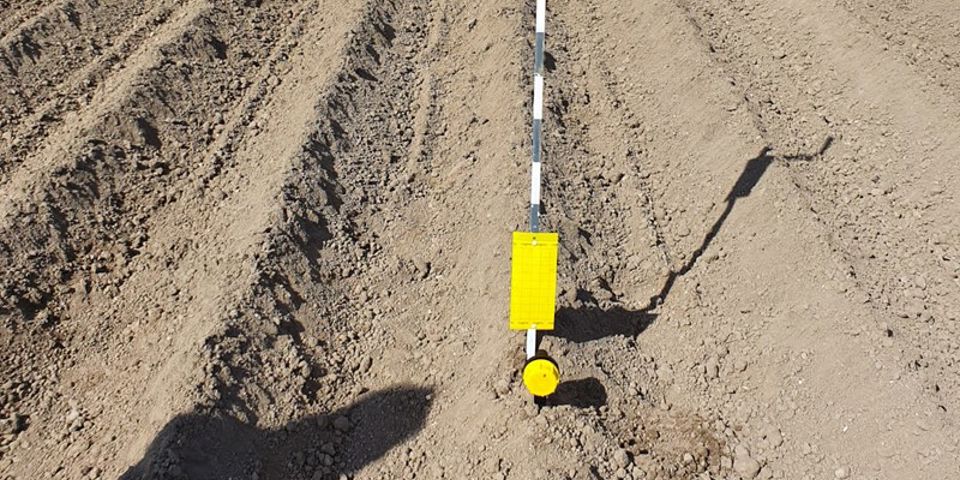
Trial harvests
Trial harvests are carried out on a weekly basis during the growing season to monitor the effects of the three different nutrient programs. A trial harvest involves twelve plants being harvested and analyzed. This includes looking at different values in the plant sap (leaf), as well as a critical examination of the proportions between the crop (foliage), the tubers and the root formation. Once the trial harvests are completed, the crop must harden off. Then the potatoes are harvested. Following the harvest, the effects of nutrient application during storage and processing of the potatoes are monitored and analyzed.
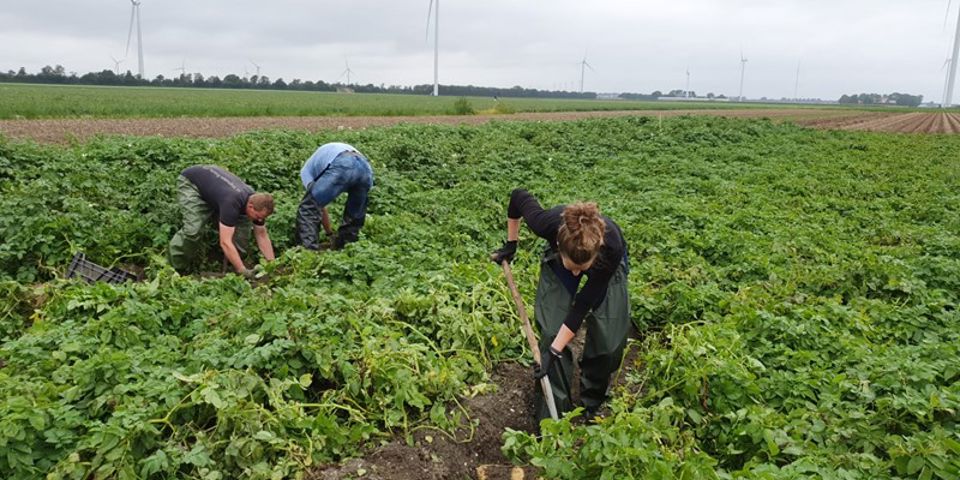
Results
Initial analyses of the results show that nutrient application is a very complex subject. For instance, there are different definitions of nutrient efficiency, which can lead to conflicting results . We observe big differences in nitrogen uptake and yield between different potato varieties. This confirms our belief in tailoring nitrogen application to individual varieties. Especially when considering the possibility of reducing costs (input versus output), nutrient application tailored to the needs of individual potato varieties can make a big difference. Initial analyses are promising and have resulted in a continuation and expansion of the research.
